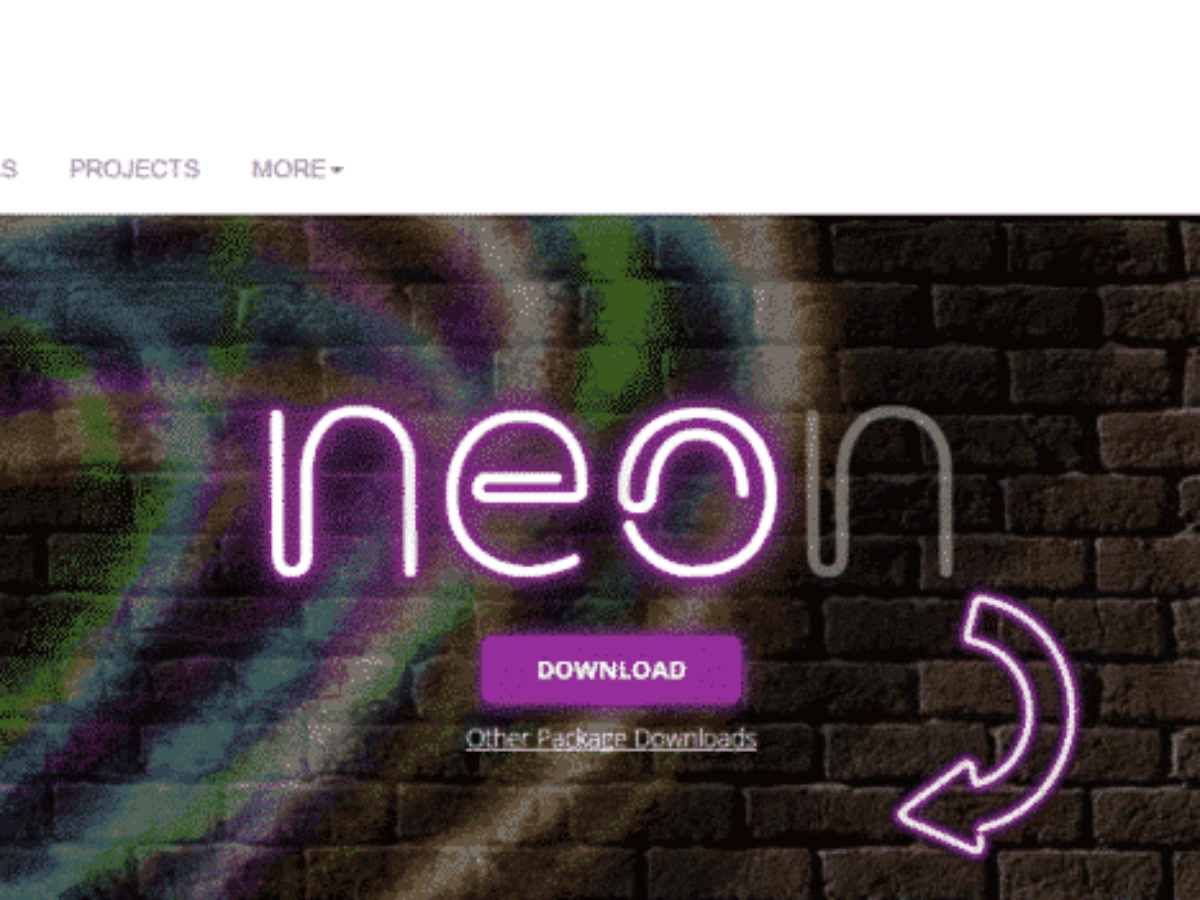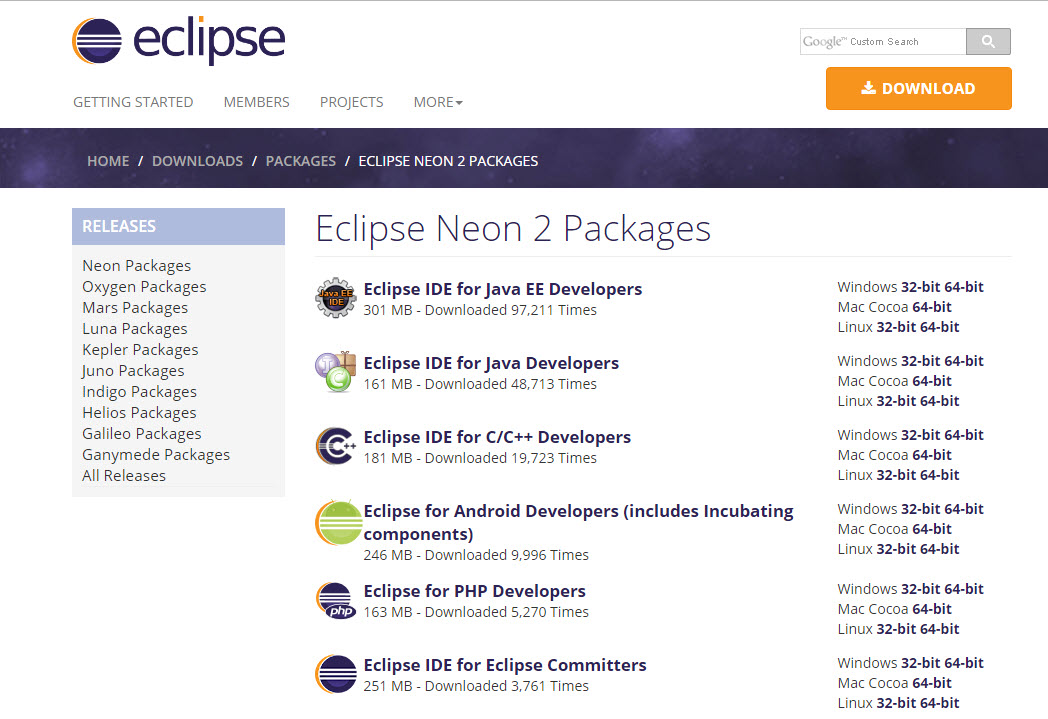

- #ECLIPSE NEON FREE DOWNLOAD FOR WINDOWS 7 64 BIT HOW TO#
- #ECLIPSE NEON FREE DOWNLOAD FOR WINDOWS 7 64 BIT INSTALL#
- #ECLIPSE NEON FREE DOWNLOAD FOR WINDOWS 7 64 BIT 64 BIT#
- #ECLIPSE NEON FREE DOWNLOAD FOR WINDOWS 7 64 BIT ARCHIVE#
I assumed that there must be something going on with the JRE so I checked the version which showed me that I was having my first experience with GIJ 1.4.2, the GNU Java bytecode interpreter. At this point, the Eclipse Evangelist in me feels a need to point out that the problem had nothing to do with Eclipse itself. I also tried to use the Java introspector and it also failed. Curious errors related to regular expressions. Then, I started to play with Eclipse Modeling Framework (EMF) and started getting errors. I was able to build a couple of new projects and really get things going.
#ECLIPSE NEON FREE DOWNLOAD FOR WINDOWS 7 64 BIT INSTALL#
Or so I thought.Įclipse was a breeze to install and run. The system even came with a Java Runtime Environment (JRE) installed, so I was good to go.
#ECLIPSE NEON FREE DOWNLOAD FOR WINDOWS 7 64 BIT 64 BIT#
It wasn’t until I started to download Eclipse 3.1 that I realized it was a 64 bit installation (the Eclipse download page detects the operating system). Is the current statte of the default-java link causing my issue? If so, how does it get set? Root owns the link for which I do not have the priveleges to change.I’ve been given this pretty cool Linux desktop system to play with.

I did find that the default-java link located in the /usr/lib/jvm directory is pointing to the 1.7 version (java-1.7.0-openjdk-amd64) and not newly downloaded 1.8 JDK version. When I requested that the version of Eclipse for javascript and web development be installed the installer wizard must have found the previously downloaded java-1.8.0-openjdk-amd64 because previous attempts to perform the installation was requesting thta a java 1.8 VM be located. I have downloaded java-1.8.0-openjdk-amd64 to the /usr/lib/jvm directory from which the appropriate symbolic link was created automatically to the java-8-openjdk-amd64 directory. Icon= /home/USERNAME/java-mars/eclipse/icon.xpmĬomment=Integrated Development Environmentĭepends on your installation folder, check out in file browser, change the value in red.

When it opens, paste below content: Įxec= /home/USERNAME/java-mars/eclipse/eclipse The command creates and opens a launcher file, for current user, with gedit text editor. When it opens, paste below command and run: gedit. Open terminal from Unity Dash, Application Launcher, or via Ctrl+Alt+T shortcut key. You may select Advanced Mode from top-right menu to get more options, network proxy settings, etc. When the wizard launches, select install item, then installation folder, and finally click INSTALL button.
#ECLIPSE NEON FREE DOWNLOAD FOR WINDOWS 7 64 BIT ARCHIVE#
Or install oracle java by following this post.Ĭheck out your OS Type, 32-bit or 64-bit, by going to System Settings -> Details -> Overview, then select download Linux 32-bit or 64-bit of Eclipse Installer.ĭecompress the downloaded archive in your file browser and navigate to the result “eclipse-installer” folder, right-click on file eclipse-inst and select Run.ĭon’t see the “Run” option? Go to file browser’s Menu Edit -> Preferences -> Behavior -> check “Run executable text files when they are opened”, and finally log out and back in (or run nautilus -q command in terminal). Works on all Ubuntu releases.ĭon’t have Java installed? Search for and install OpenJDK Java 7 or 8 via Software Center.
#ECLIPSE NEON FREE DOWNLOAD FOR WINDOWS 7 64 BIT HOW TO#
This is a rewrite about how to install the latest Eclipse IDE in Ubuntu, since the old tutorial does no longer work after the Eclipse Installer was rolled out.


 0 kommentar(er)
0 kommentar(er)
